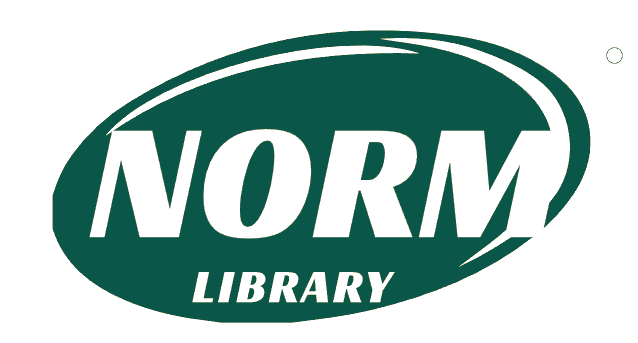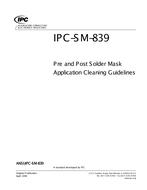
ASTM E1924-97(2004)
Original price was: $65.00.$39.00Current price is: $39.00.
Standard Guide for Conducting Toxicity Tests with Bioluminescent Dinoflagellates
standard by ASTM International, 08/01/2004
1.1 This guide covers two distinct procedures, based on similar principles, for obtaining data concerning the adverse effects of a test material (added to dilution water) on oceanic bioluminescent dinoflagellates.
1.1.1 The endpoint for both procedures is based on a measurable reduction or inhibition in light output from the dinoflagellates. Both procedures are similar in that when bioluminescent dinoflagellates are exposed to toxicants, a measurable reduction in bioluminescence is observed from their cells following mechanical stimulation when compared to control cells. In the first procedure, cells of the bioluminescent dinoflagellate Gonyaulax polyedra can be tested over a range of up to seven days of exposure (or longer) to a toxicant. The second procedure uses another species, Pyrocystis lunula, for a 4 h test.
1.2 Both procedures can measure the toxic effects of many chemicals, various marine and freshwater effluents, antifouling coatings, leachates, and sediments to bioluminescent dinoflagellates (1-5). Compounds with low water solubility such as large organic molecules may be solubilized with methanol, ethanol, and acetone solvents for testing (4) (see Guide E 729).
1.3 An IC50 in light output (bioluminescence) is the recommended endpoint (1). However, percent inhibition of bioluminescence is an appropriate endpoint in some cases (5).
1.4 Other modifications of these procedures might be justified by special needs or circumstances. Although using appropriate procedures is more important than following prescribed procedures, results of tests conducted using unusual procedures are not likely to be comparable to results of other tests. Comparison of results obtained using modified and unmodified versions of these procedures might provide useful information concerning new concepts and procedures for conducting acute and chronic tests.
1.5 The values stated in SI units are to be regarded as the standard.
1.6 This standard does not purport to address all of the safety concerns, if any, associated with its use. It is the responsibility of the user of this standard to establish appropriate safety and health practices and determine the applicability of regulatory limitations prior to use.
Product Details
- Published:
- 08/01/2004
- Number of Pages:
- 12
- File Size:
- 1 file , 97 KB
- Note:
- This product is unavailable in Russia, Ukraine, Belarus



